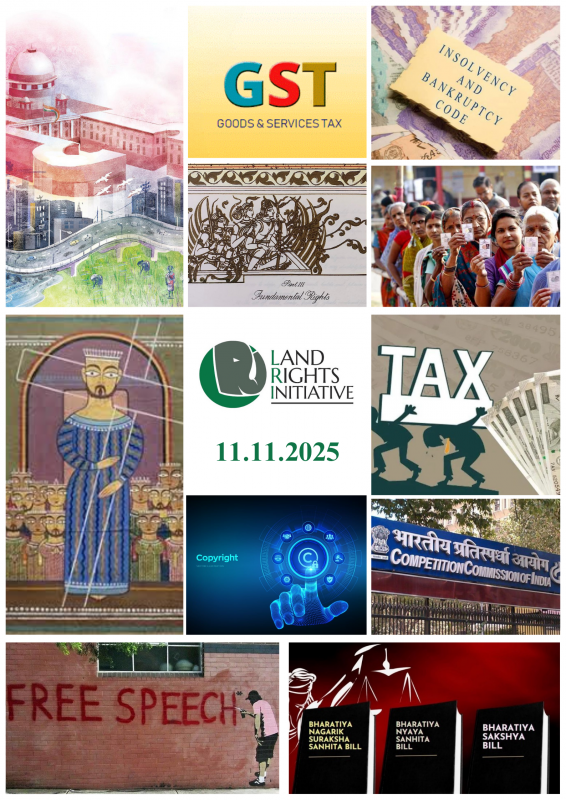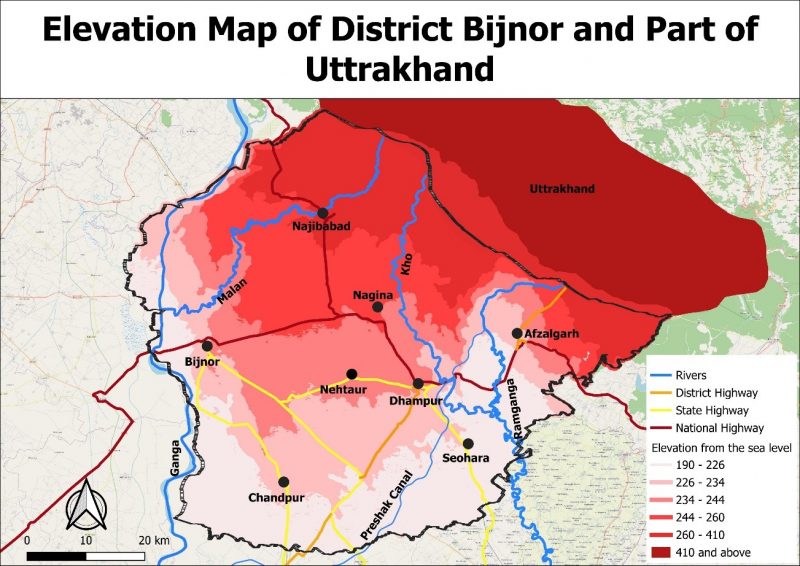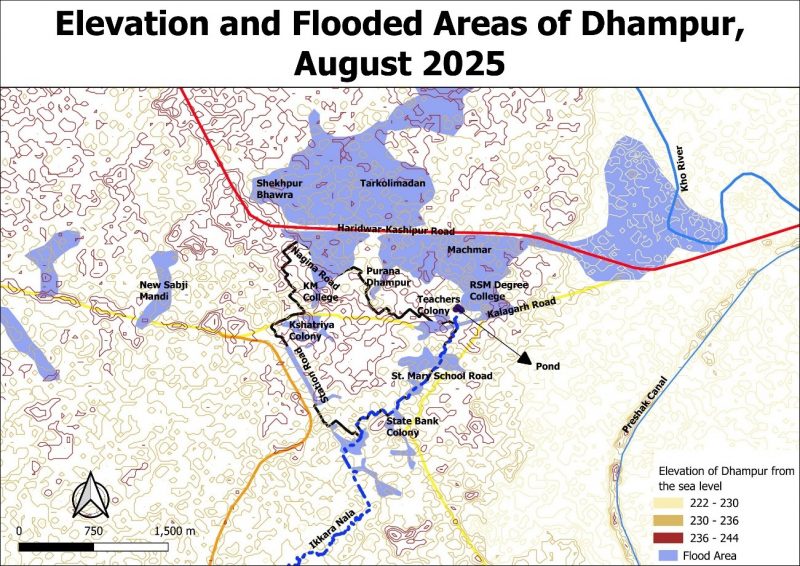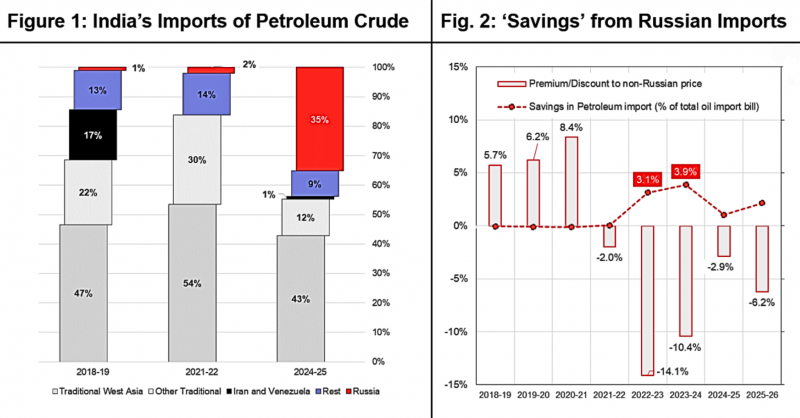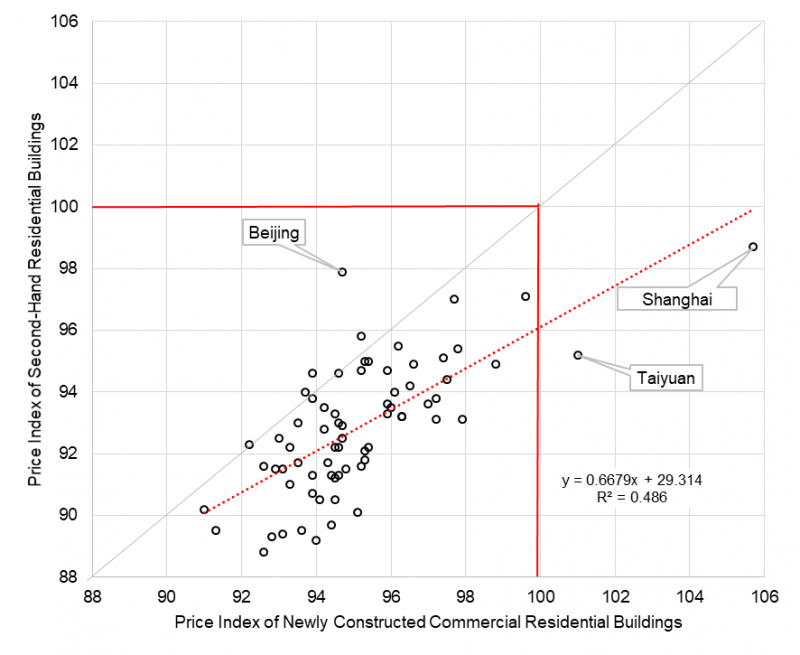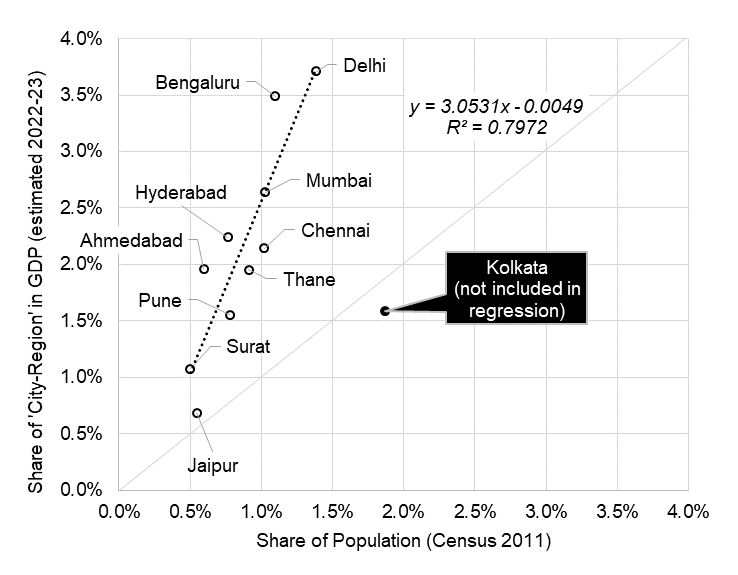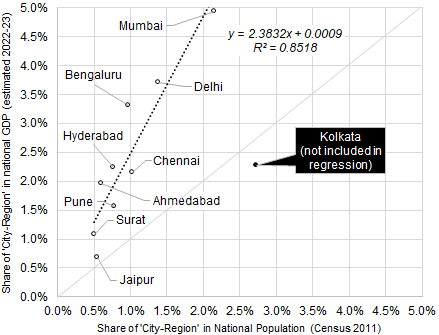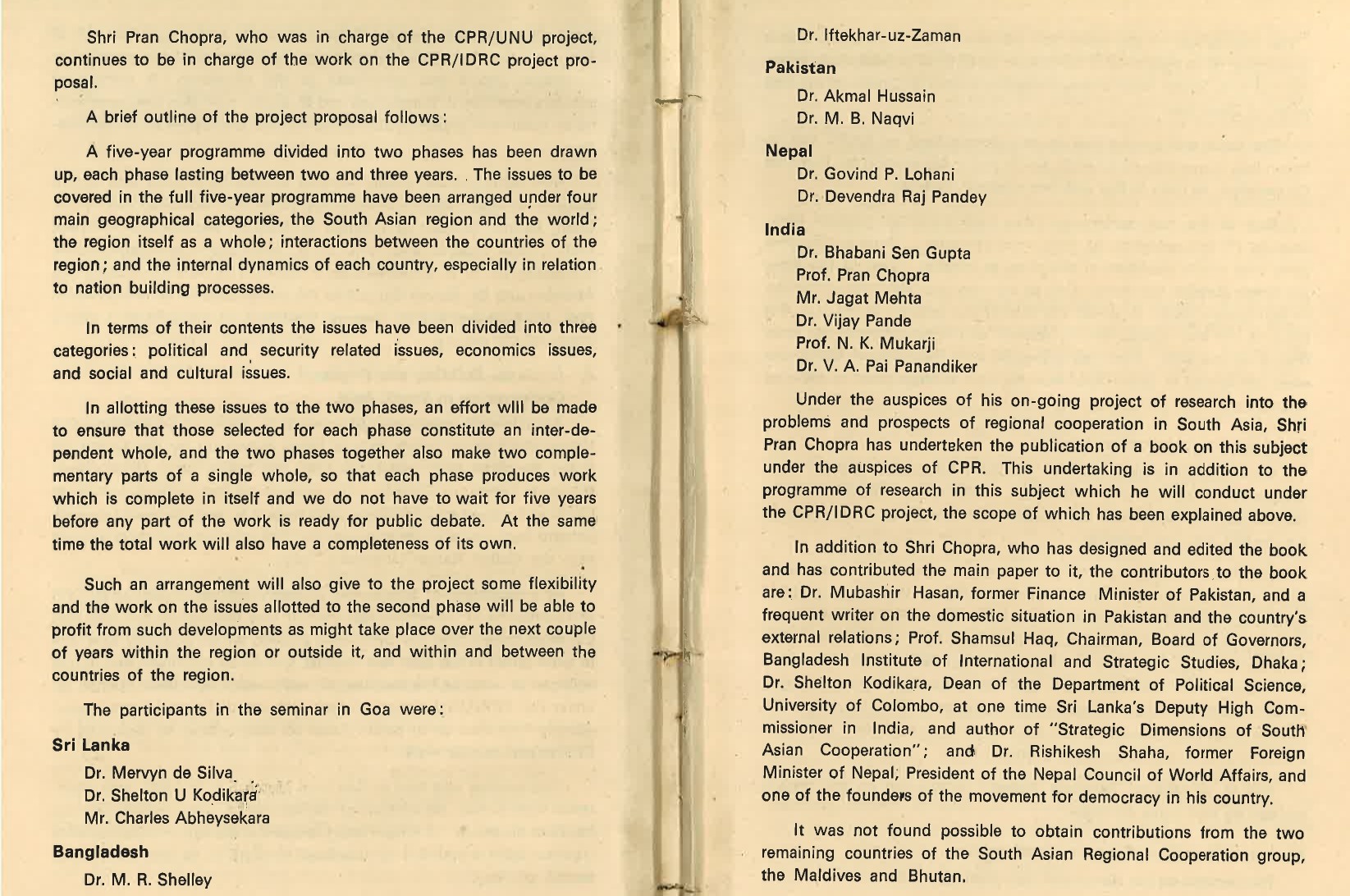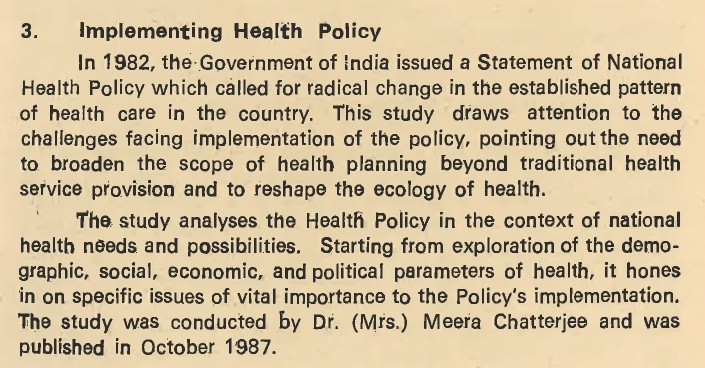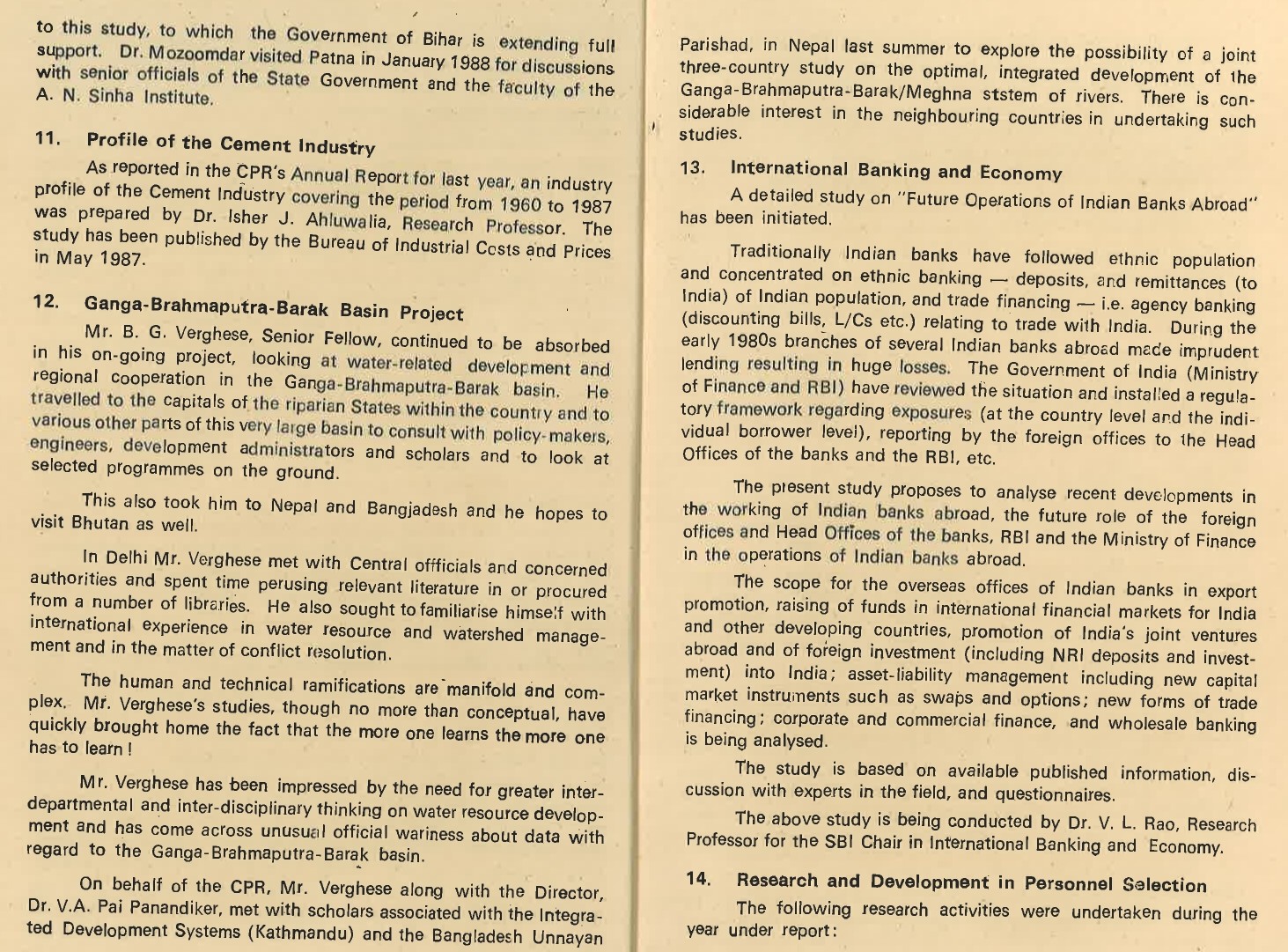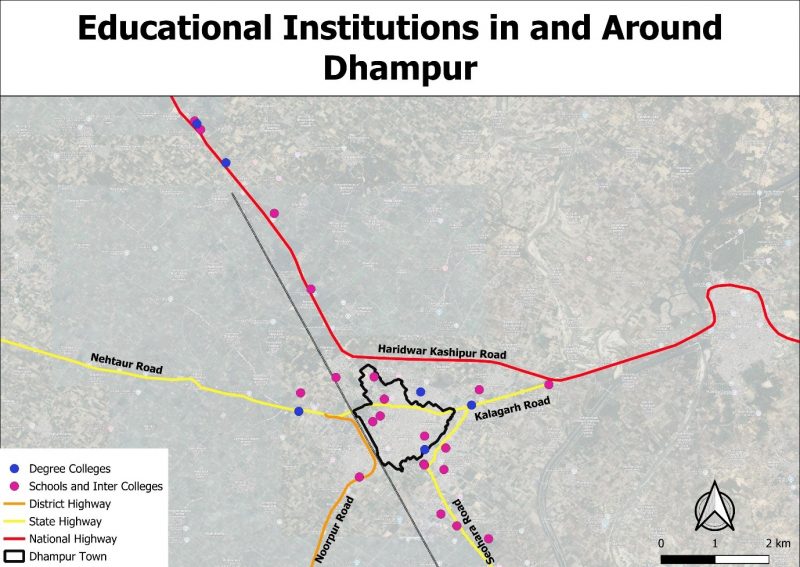
Education is a quiet sunrise that empowers human potential, and even a small town like Dhampur can play a major role in shaping the educational landscape of the town and its hinterland. In 2024, during field visits for our longitudinal research study titled “Forty Years’ Development Saga of Dhampur: Growth Dynamics and Regional Transformation Potential of an Indian Small Town,” we observed numerous schools and colleges spread out across the town and on its periphery. The mornings in the town begin with the steady flow of school buses, e-rickshaws and autos carrying children, and some students also riding their own bicycles to school. It was indeed surprising for us to see such a large number of schools and colleges for a small town like Dhampur with about 1 lakh population located in district Bijnor, Uttar Pradesh. The very first question that came to our mind was, do these schools and colleges serve only the students from the town, or do they also cater to the students from surrounding towns and villages?
Narendra Gupta, an industrialist and a prominent citizen of Dhampur, who has seen the educational transformation of the town, mentioned that the quality of education was very poor in Dhampur in the early days of his education, before independence. Therefore, he used to travel daily by an early morning train at 3:20 am to attend his intermediate college in Nagina town located about 26 kilometres away. At present, the educational situation has changed completely. Most of the students don’t even need to go to other nearby towns for their early education. Now, only a small number of students from influential and affluent families, such as industrialists, doctors, and big traders, pursue their higher education in prestigious institutions across India and abroad, particularly in countries like the UK and the USA. As incomes rise and aspirations increase, these families prefer prestigious national and international universities that they perceive as offering higher-quality education, broader exposure, and superior career opportunities.
Yashpal Tuli, a retired professor of RSM Inter College and another prominent citizen of the town, informed us that in 1947 there was a primary school commonly known as the Free School Dhampur, where even the rich kids used to study. In addition, there were three inter colleges set up in 1943, two co-ed colleges, namely the RSM Inter College and KM Inter College, as well as a Kanya Inter College, where parents could send their daughters to study without any concerns or hesitation.
Both the prominent citizens mentioned that educational institutions in Dhampur are comparatively more affordable and offer facilities of a national standard. They also stated that Dhampur’s school and colleges are not just serving the surrounding villages but also the nearby towns such as Sherkot, Nagina, Nehtaur and Afzalgarh. Their views align with our field observations that Dhampur also serves the students of neighbouring districts. During our fieldwork, we came across some well-dressed students in school/college uniform at the railway station of Dhampur who commute daily from Moradabad to Dhampur to pursue higher education, particularly BSc in agriculture. According to these students, although Moradabad has larger and better colleges, they commute about 100 kilometres daily as higher education in Dhampur is comparatively more affordable, making it a preferred choice for many economically conscious students.
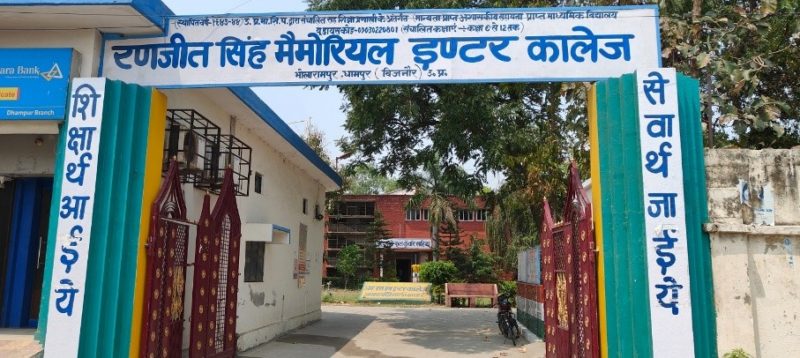
The aristocratic and industrialist families have played an important role in empowering the educational potential of Dhampur. It began with the vision of Rani Phool Kunwari Sahiba, who in 1943 laid the foundation by establishing the Ranjeet Singh Memorial (RSM) Inter College as a heartfelt tribute to her husband, late Kunwar Ranjeet Singh. The inter college began as a school and progressed to become RSM Degree College in 1958. It offers education at both undergraduate and postgraduate level. At present, RSM Degree College serves approximately 3700 students from Dhampur and nearby villages. In memory of Rani Phool Kunwari Sahiba, the family later established the Rani Phool Kumari Memorial School in 1974, which is currently managed by her daughter-in-law, Bhaktiji.
Another influential figure Seth Kirori Mal established the K. M. Inter College in 1943. Industrialist Narendra Gupta has also contributed greatly to the town’s educational development. He founded three institutions: Premwati Devi Memorial Mahila Mahavidyalaya (2009), Premwati Devi Memorial Convent School (2012), and Usha Memorial School. He is also involved in the management of Shikhar Shishu Sadan School and Dhampur Mahila Shiksha Sabha Sadan. The founding Goel family of Dhampur Sugar Mill has further supported local education by establishing one of the town’s leading schools, Pushp Niketan School, in 2005.
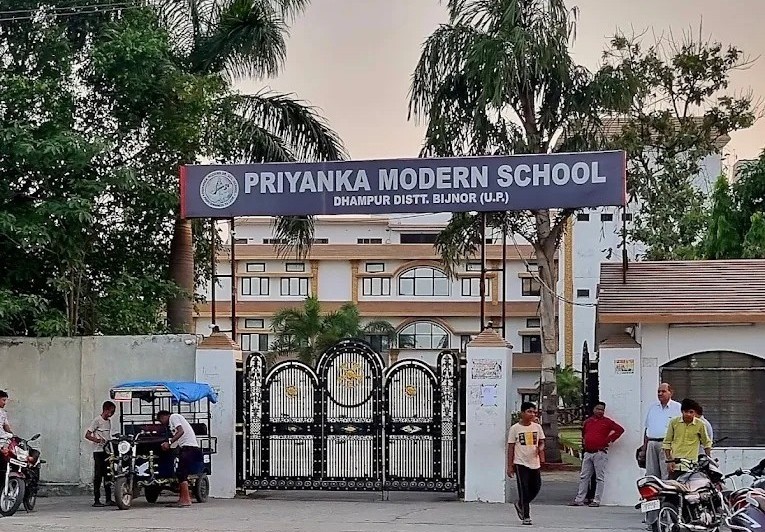
At present, there are around 30 schools and colleges in and around Dhampur. Some of the prominent colleges and schools are RSM Degree College, KM College, Disha Group of Institutions, Dhampur Institute of Technology, Holy Angel Academy Dhampur, Kanya Inter College, Pushp Niketan School, Priyanka Modern School, St.Mary’s Convent Senior Secondary School, Durga Public Senior Secondary School, etc. Colleges offer graduation, post-graduation and PhD courses in social sciences, sciences, technical fields, agriculture, nursing, and law etc. Many of the new schools and colleges have come up in the town’s outskirts along the four highways due to availability of large parcels of land required to establish these institutions. From being a social service supported by the philanthropic elite of the region in the early 20th century, education has emerged as the sunrise service sector considered as a profitable venture by private investors even in a small town like Dhampur.
The presence of such a large number of educational institutions has certainly helped in reaching a higher literacy rate in Dhampur. According to the Census of India 2011, the literacy rate of Uttar Pradesh was about 68 percent, while Dhampur tehsil performed better with a literacy rate of 71 percent in the same year.
Census 2011 also shows that about 43 percent of the population of Bijnor district is Muslim, which is considerably higher than the national average of about 14 per cent for the same year. Therefore, we considered it important to explore how inclusive the education in Dhampur is along religious and gender lines. We asked this question in three sample schools. There are about 3,500 students in RSM Inter College and about 1,000 students in Durga Public Senior Secondary School. Of the total students enrolled in these two institutions, 67 percent are Hindu and 33 per cent are Muslim. Around 70 percent of the students are boys, and 30 per cent are girls. Whereas in Shikhar Shishu Sadan School the Hindu-Muslim break-up of the students is equal at about 50 per cent. However, these results may have a sample bias as more girls may be going to exclusive girls’ schools. Also, lower muslim students’ enrollment may possibly be because many students may be attending religious schools or Madrasas located in the core city.
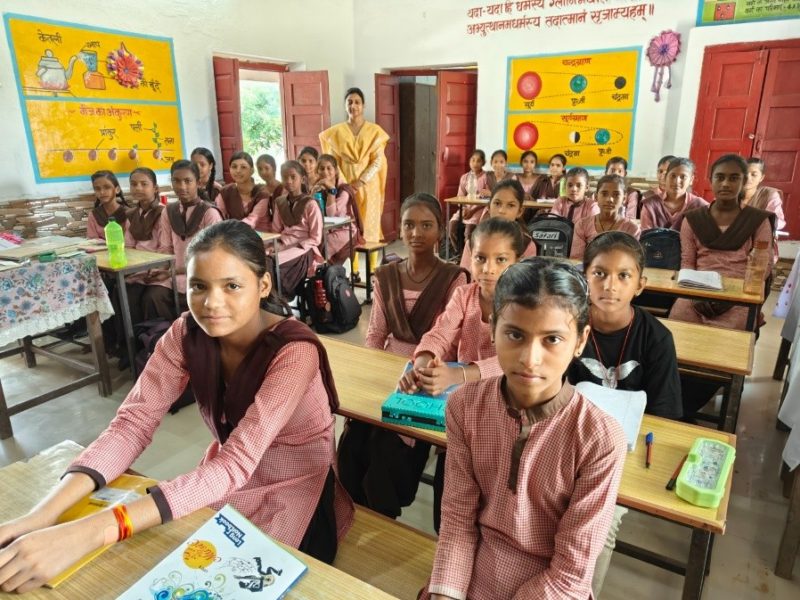
The direct impact of good educational facilities in Dhampur can also be seen on the sample nearby villages, too, especially Aladinpur Bhogi where 40 per cent of both men and women have studied in Dhampur or are currently studying there. About 24 per cent study within the village, and the remaining 36 per cent study in nearby villages and towns like Puraini and Nagina, which are around 9 and 14 km away from Aladinpur Bhogi. In Sarakthal Madho, the situation is different where only 19 per cent of both men and women study or have studied in Dhampur. Around 15 per cent study within the village, while 66 percent go to nearby villages, namely Umri and Morna, located at 3.5 km and 4.5 km distance respectively, which have several good educational institutions such as Indra Devi Memorial Girls Degree College and Devta Inter College, along with multiple private schools. This is understandable considering that Dhampur is around 10 km away from Sarakthal Madho. Villagers said that good schools and colleges are now available in these closer areas, so they prefer sending their children there instead of Dhampur. Only a small number of fourteen students from both villages have gone out of the state to study. These students, mostly from prominent families and large farming households, are studying in cities like Delhi, Dehradun, Ghaziabad, Garhwal, Roorkee, and Noida.
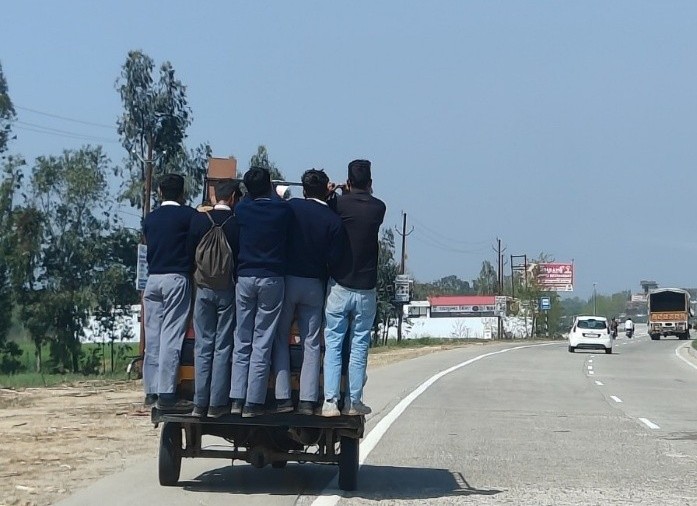
The education levels have generally improved across Uttar Pradesh over the past four decades, largely as more schools and colleges have been established and also because of the active state promotion for increasing school enrolment. Results from our longitudinal study, conform to this trend of increased school attendance in the two sample villages. In 1979-80, about 48 per cent of both males and females below the age of 21 years of Aladinpur Bhogi and 50 per cent of male and female below the age of 21 years of Sarakthal Madho were going to school at that period of time. In 2024, in Aladinpur Bhogi 97 per cent males and 81 per cent females below the age of 21 were going to school. In Sarakthal Madho, 90 per cent of both males and females below the age of 21 years were going to school.
The government has also played a major role in improving education in the state by creating more infrastructure. As per Purna Borah, Chief Development Officer, District Bijnor, informed us that library facilities have been created in 45 of about 1000 government schools and they plan to cover all the schools in due course. They are also planning to set up scientific labs in these schools. Bijnor stands in the top 5 of National Initiative for Proficiency in Reading with Understanding and Numeracy (NIPUN) Bharat Mission Districts. NIPUN Mission launched in July 2021 by India’s Ministry of Education, is a national mission to ensure all children achieve Foundational Literacy and Numeracy (FLN) by the end of Grade 3 by 2026-27. It focuses on improving skills in reading with understanding, writing, and basic numeracy for every child through initiatives like teacher training and developing resources.
In the past 7-8 decades, from students going to other towns for their education to students coming from other towns and villages to Dhampur for their education shows how Dhampur has grown as an important institutional hub offering affordable and accessible education that benefits nearby villages and other towns, improving student enrolment, opportunities, and overall literacy over time. The establishment of schools and colleges as a charitable act by the affluent aristocratic and business families, and subsequently supported by the private sector is the main drive behind a small town like Dhampur becoming an important educational hub in the region.

